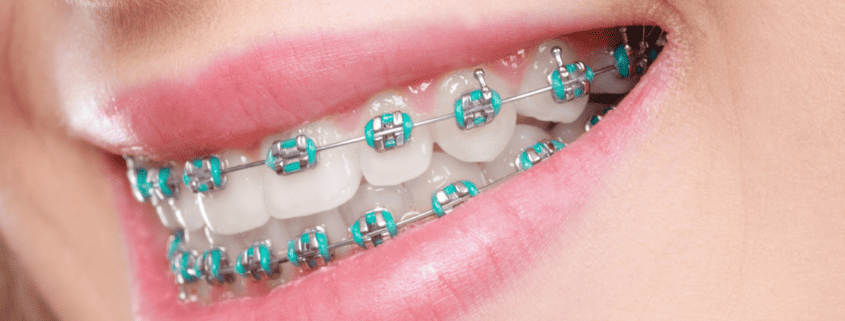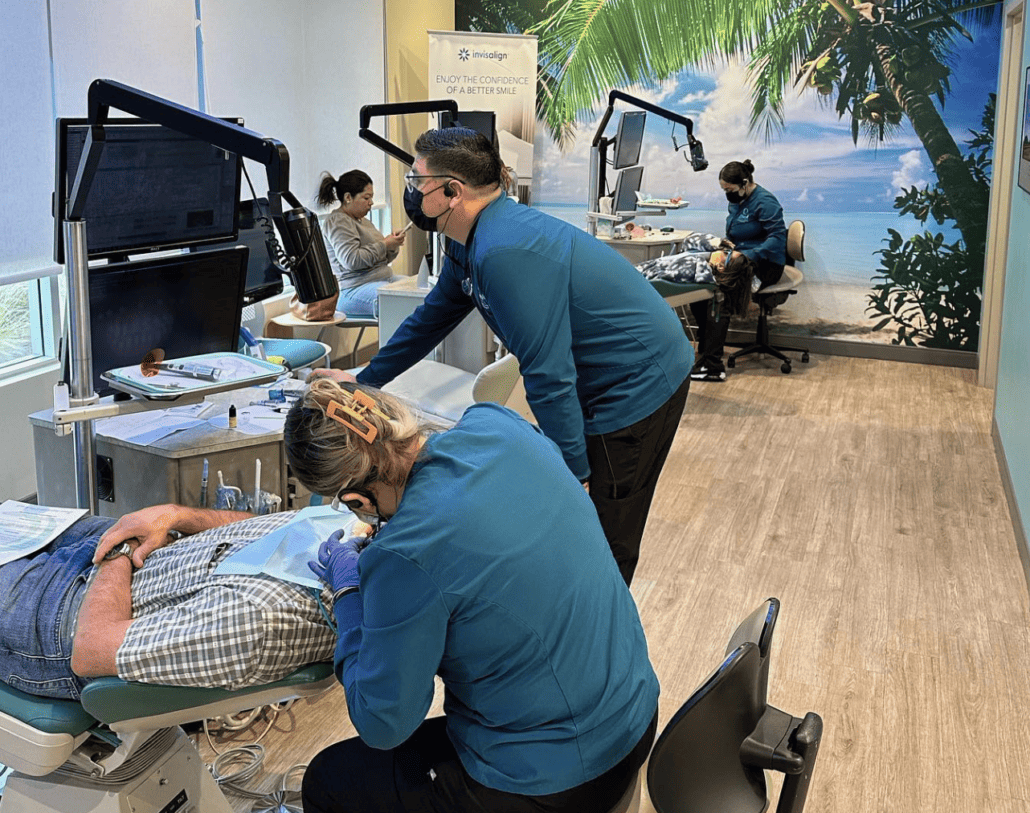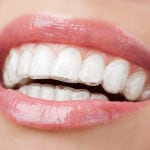Spacers for Braces: Enhance Comfort and Effectiveness of Orthodontic Treatment
Last Updated on July 4, 2023 by Gio Greenard
Have you spoken to your orthodontist about rectifying your crooked or misaligned teeth? Often, the process requires braces and spacers. Traditional braces with molar anchors deliver exceptional results, but first, there needs to be enough contact space between the back teeth.
It’s essential to understand the brace fitting process so that you are fully aware of what to expect; you can then avoid common issues and discomfort. In this article, you will learn more about dental spacers, how they are fitted, the removal process, and any pain or discomfort you might experience. Typically, dental spacers are provided a few weeks before the braces.
Spacers are not always required, especially for mild to moderate misalignment. However, spacers can reduce the initial pain and discomfort of wearing braces and speed up the alignment process. Spacers are an essential pre-treatment for braces, with several benefits.
Understanding Spacers
People with crooked, misaligned teeth might require braces to correct the alignment and improve their bite. Braces are made from brackets and connecting wires anchored to metal rings between molars at the back. Sometimes, the molars must be separated to fit the rings.
Spacers are small rubber rings squeezed between relevant molars at the back of the mouth; they usually stay there for around one or two weeks. Rubber spacers fall out when the correct space has been reached. Still, metal separators are used if the spacers need to be worn for extended periods. Metal spacers are similar to molar anchors fitted with traditional braces.
Crooked or misaligned teeth are often the result of irregular alignment of the molars at the back. Braces exert pressure on the teeth and jaws, pulling the teeth into a better position. There must be gaps between molars to attach the anchor bands; spacers are a pre-treatment to open gaps.
Benefits of Spacers
Molars are often wedged tightly together, but a contact space is essential for the metal anchors. When the metal anchors are fitted into an existing space without using spacers, it can lead to pain and discomfort when wearing the braces. That’s why spacers are always a sensible idea.
Only some people need braces and have anchor bands around the molars, which can assist in better alignment. Anchor bands have connecting wires to adjust the tension of the alignment wires, and spacers are required to fit them effectively without causing any additional discomfort.
When there isn’t enough space in your mouth for all your teeth, they overlap, which is called overcrowding. An orthodontist can separate these overlapping teeth using rubber or metal spacers. Depending on requirements, a maximum of eight spacers can be placed in the mouth.
Spacer Placement Process
An orthodontist will identify whether spacers are needed before braces are fitted by inspecting the molars and overlaps. Spacers are placed one or two weeks before braces. The orthodontist will attach them using a unique tool or make a small gap with dental floss to facilitate the bands.
Before the spacers are placed, the teeth must be cleaned and flossed, as this cannot be done after the fitting. An orthodontist can clean and floss teeth before placing tight rubber bands around the molars. Some pain and discomfort can be expected in the first days and weeks.
Dental spacer placement is optional for some people, but for others, it’s necessary. Although dental spacers can cause discomfort and eating complaints, it is not the case for everyone. Additionally, pain can be reduced with medication, and diets can be modified without losing out.
Caring for Spacers
Knowing the best practices for wearing spacers to reduce discomfort and avoid losing the rubber bands is important. Continue to brush and floss your teeth, but use lighter, gentler motions. Mouthwash is also effective hygiene to reduce bacteria when wearing spacers.
Spacers apply pressure to the gums, which causes some pain and discomfort, especially in the first week of wearing them. While this pain should disappear over time, it’s possible to reduce it. Avoid chewing foods initially, and use over-the-counter painkillers like aspirin or acetaminophen.
Rubber spacers should fall out when the gap is wide enough, but strenuous brushing can also knock them out. Orthodontists recommend gentle brushing and mouthwash. An orthodontist will also advise avoiding eating sticky foods and chewing gum, which are likely to dislodge spacers.
Spacer Duration and Removal
Dental spacers are a temporary treatment to prepare the mouth for braces. While everyone is different, the rubber bands or metal spacers typically stay in for one to two weeks, but it can be as short as a few days. Dental bands should fall out themselves when the gap is wide enough.
If the spacers don’t fall out by themselves, the orthodontist will remove them with a dental tool on the next visit, and metal bands will be fitted. If spacers fall out early, the orthodontist should be contacted right away, as this could delay the treatment causing expense and inconvenience.
Some spacers stay in until the orthodontist removes them, especially the metal ones. However, whether the spacers are rubber or metal, you might experience mild discomfort during removal. This can be managed using breathing techniques, mindfulness, or some pain relief medication.
Conclusion
Spacers, also called separators, are typically metal or rubber bands placed around the molars before braces; they aim to open a gap for metal anchor bands to attach to the back teeth. Sometimes, spacers are essential; other times, they are optional to assist in fitting braces.
Although spacers can cause discomfort initially, they reduce the pain of wearing braces in the first few weeks. Separators also create an adequate contact space to improve the performance of braces since fitting metal anchor bands will accelerate the movement and position of teeth. Spacers are an important pre-treatment for any traditional braces that use an adjustable wire.
Not every person needing braces needs spacer treatment. Spacers are only required for traditional bracket braces with an adjustable wire. Discuss braces and spacers with your orthodontist, who will provide personalized advice and guidance on alignment strategies.

Dr Patti Panucci attended the University of Louisville School of Dentistry for four years, where she graduated with a DMD degree (May 2000) among the Top 10 in her class. Following that, she headed west to Los Angeles to complete her three-year residency at one of the top-ranked orthodontic programs in the country – the University of Southern California.
Along with her certificate in orthodontics, Dr. Panucci earned a master’s degree in craniofacial biology. During those three years, she fell in love with Southern California beach life and decided that this was where her future lay.





Leave a Reply
Want to join the discussion?Feel free to contribute!